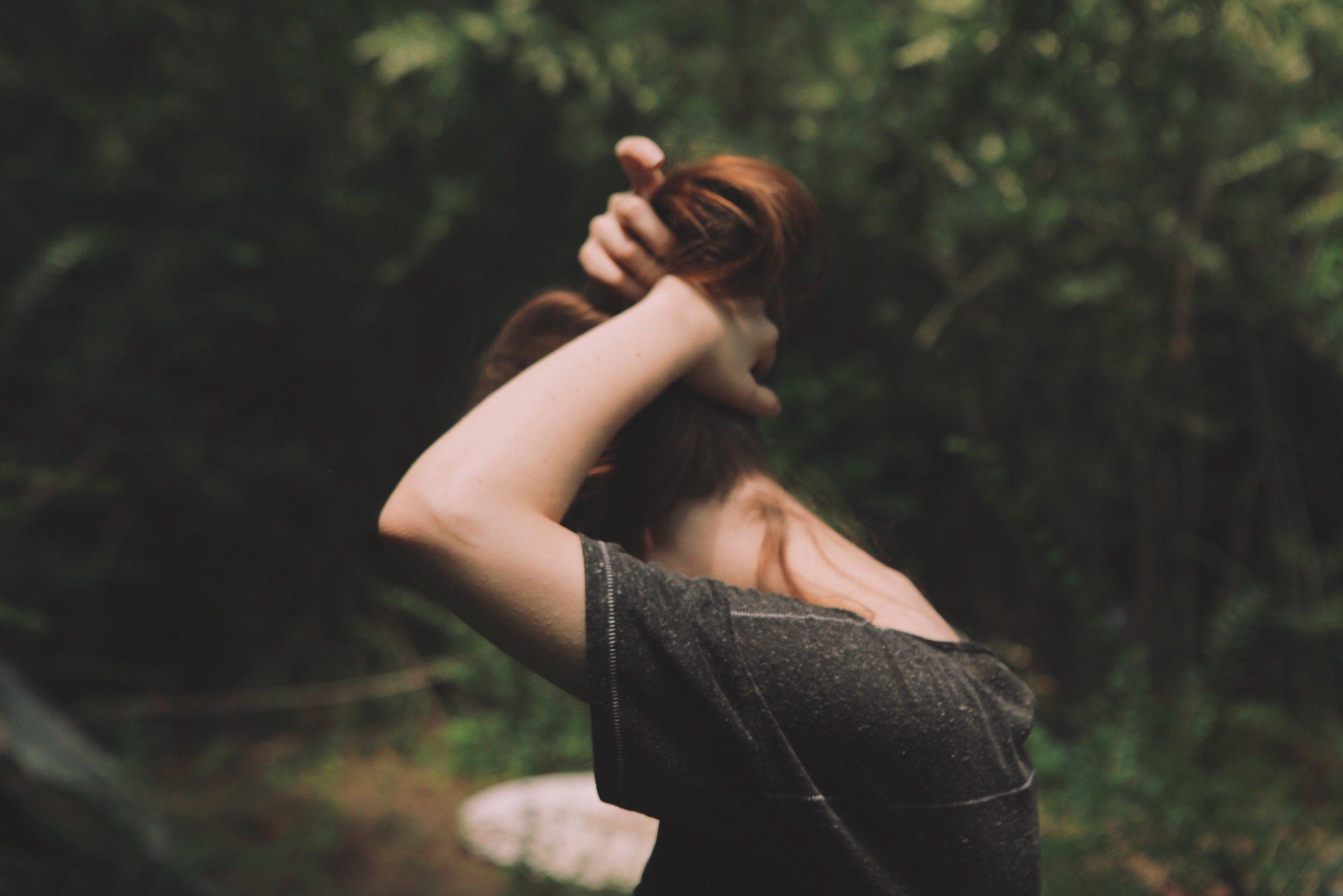Most of us recognise those achey, crunchy, tight and weak feelings we often get during or after a long journey. Whether it's cramped behind the wheel of a car, squished into an airplane seat with little to no legroom, or hanging around on the hard seats of waiting rooms and departure lounges, sometimes all you can hope for is a little relief. Well, why not try a few of these Pilates Exercises, (all of which can be performed seated!) and see how you feel…
Viewing entries in
Pilates
IF YOU WOULD LIKE TO ACHIEVE GOOD POSTURE – START WITH YOUR PELVIS
by Roisin Woodford
WHAT IS THE PELVIS FOR?
The basin-shaped structure at your body’s centre is responsible for supporting the weight of your trunk and head above as well as transferring the weight to your legs below. It also receives stresses from your legs during movement. You could say that the position of your pelvis is pivotal to whether you have good or faulty posture.
HOW DOES THE PELVIS AFFECT ALIGNMENT?
Your pelvis connects to your spine via the sacrum (the lower part of your spine made up of 5 fused vertebrae) and to the legs via the hip joints. Neutral alignment of the pelvis is the most balanced position for the pelvis to be in relation to spine and hip joints. It encourages your lower back to retain its natural curve and it is the best position for shock absorption. It also provides a good foundation for efficient movement patterns. Ideally, we want to be able to achieve neutral alignment of the pelvis and to be able to move freely in and out of neutral without holding it fixed.
HOW DOES THE PELVIS MOVE?
The fused bones of the pelvis move as one unit and they can move through neutral to a posterior pelvic tilt which flattens the arch in the lower back and in the opposite direction to an anterior pelvic tilt which increases the arch in the lower back. The pelvis can tilt from side to side and rotate clockwise or anti-clockwise.
PAIN AND RESTRICTED MOVEMENT IN THE PELVIS
All of these movements directly affect the spine in some way and in everyday movement there will be a combination of pelvic positions. However, if any of these positions are held for long periods this may lead to muscle imbalances and a loss of the natural curves of the spine reducing the spines shock absorbing abilities.
Pain and injury can set in in the spine, pelvis and lower limbs due to stress and strain on the body’s supporting structures.
HOW CAN PILATES HELP?
We want the pelvis, spine, shoulders and head to be stable and controlled against any unwanted movement, to provide a base from which the arms and legs can move. We call this ‘Core Stability’. Pilates teaches good alignment of the pelvis and spine so that you are able to move with ease through your daily movement patterns. Tight muscles are lengthened and weak muscles are strengthened, encouraging muscles to work in balance. Emphasis is placed on the deep stabilising muscles of the core, consciously engaging them to increase lumbo-pelvic stability. Imagine wearing a wide belt or corset: muscles that control the pelvis are balanced at the front, back and sides.
Many professional athletes use Pilates to increase their athletic performance, address muscular imbalances caused by the repetitive movement required by their sport and to protect against injury. In contrast, many desk workers with back issues use Pilates to mobilise their back and strengthen their core to manage their various back complaints.
SOUND GOOD?
If you would like to explore the ideas discussed in this post, such as learning to connect to your deep core muscles, how to align your pelvis for good posture, establishing healthy movement patterns and strengthening and lengthening muscles to create balance, then it’s time to
BOOK YOUR SPOT in our Strong Core; Happy Hips Pilates Workshop
This weekend with Roisin Woodford (author).
Saturday 27th October 2018 from 1.30pm - 3.30pm.
References and Sources
1. Calais-Germain, B., Anatomy of Movement. US: Eastland Press, 2008.
2. Kendall, F. P., Muscle Testing and Function with Posture and Pain, US: LWW, 2005.
3. Stott Pilates Training manual
4. Isacowitz, R., Clippinger, K., Pilates Anatomy. Human Kinetics, 2011.
5. Paterson, J., Teaching Pilates for Postural faults and injury: Elsevier Ltd, 2009.
6. Robinson, L., Bradshaw, L., Gardner, N., The Pilates Bible. Kyle Cathie Ltd 2009.
Are your neck and shoulders always tight? Or is your lower back aching? This could be down to a poor posture. Elina Karimaa - our STOTT Pilates teacher explains...
Tips For Life After Birth
Our Pilates teacher Eleni Molida McEwan says it like it is; when you're pregnant all your thoughts, wishes and energy focus on having your baby safely delivered to the world. It’s likely that you’ve done your research...





